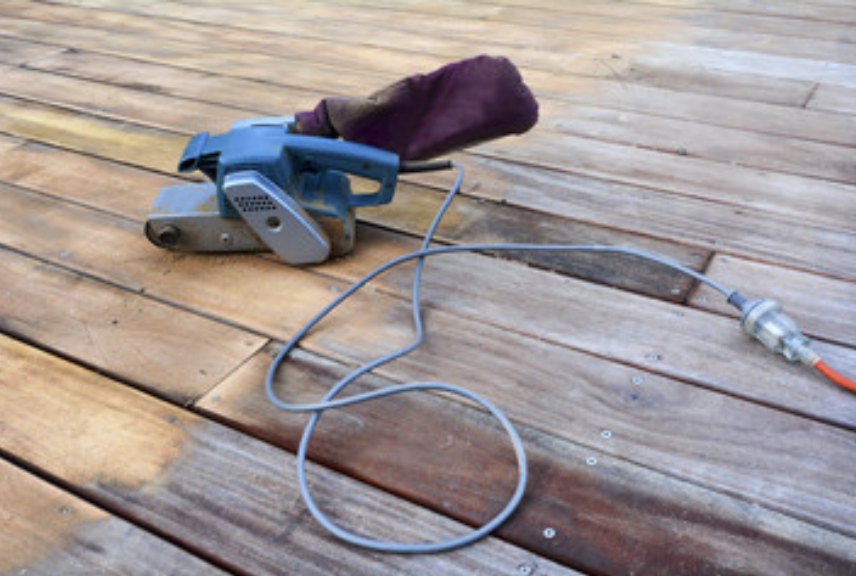
This is the story about how I wasted multiple weekends trying to refinish my oak floors myself. I had budgeted a certain amount of money for all the repairs I needed on my new house, however when looking at everything that needed to be done the floors weren’t really something I considered. After living in the house a couple months I realized that the hardwood floors had some stains on them, and were generally looking worn and faded in areas.
I did go online and do some research one night and convince myself this would be a pretty easy task. I have a small pantry area in my kitchen that I thought I could use as a trial area. I set about to start testing this project myself. I rented a circular sander and looked at a bunch of different stain options. I eventually settled on a darker looking floor stain that I thought would complement the light walls I had painted. After finally getting the hang of using the sander I noticed the finished result wasn’t really what I wanted. I had uneven sanding marks and circular grit lines all over the floor. I tried my best to even it out but I found that I was doing some of the steps for the flooring out of order. After much frustration eventually I realized I could most likely just work some overtime and save up the money to have a pro do it. I went on thumbtack and searched for what I needed, floor refinishing near me. And I ended up finding someone who banged it out nicely that weekend for me. Came out gorgeous and most importantly I was able to enjoy it right away. It’s great because when people come over they think I actually have had new floors put in, but it’s really just the old ones refinished and all polished up. Next time I’ll just hire a professional from the start since I definitely have better things I can be doing with my time than trying to learn an entire skill in a few days that others have spent years perfecting.
